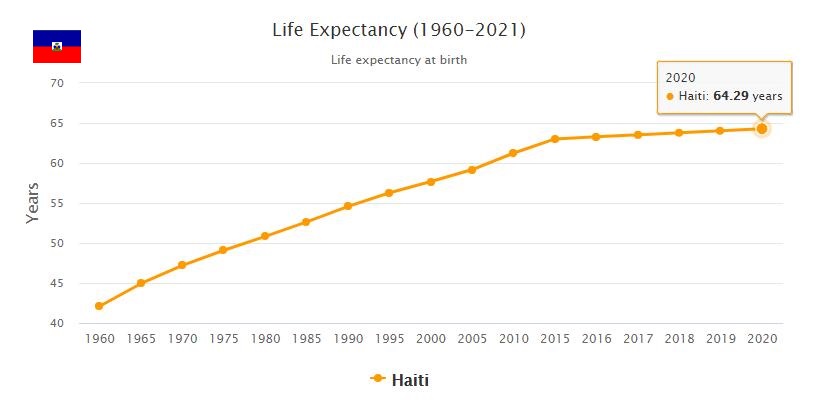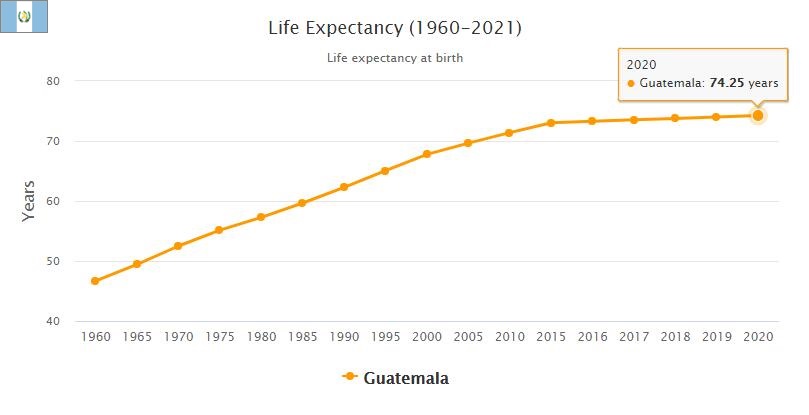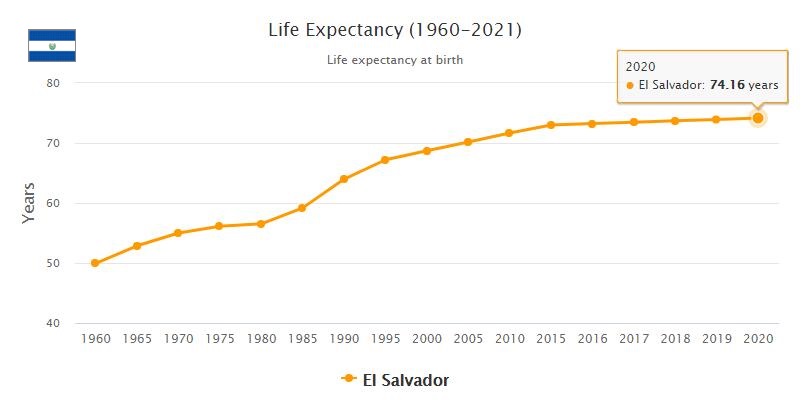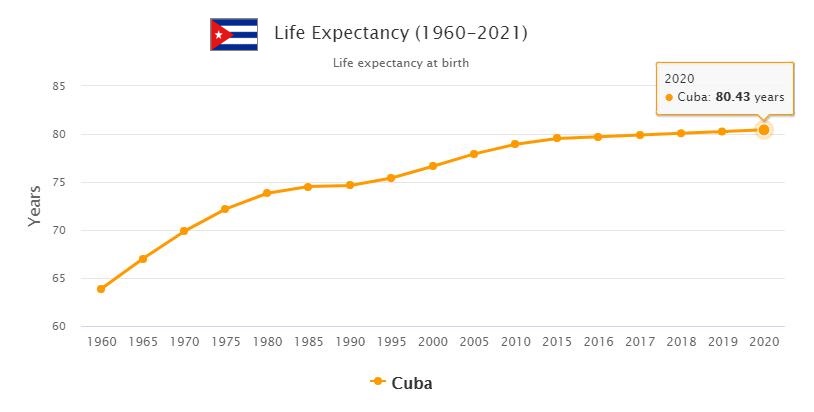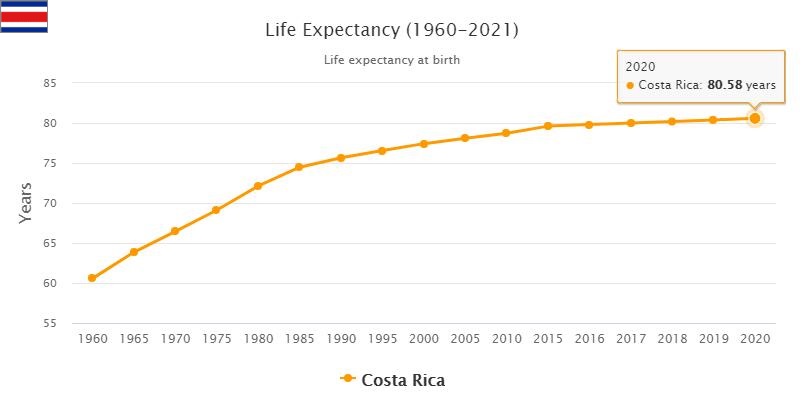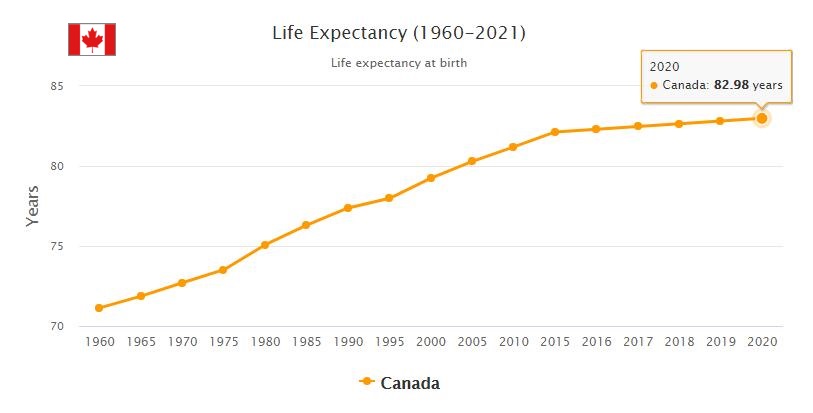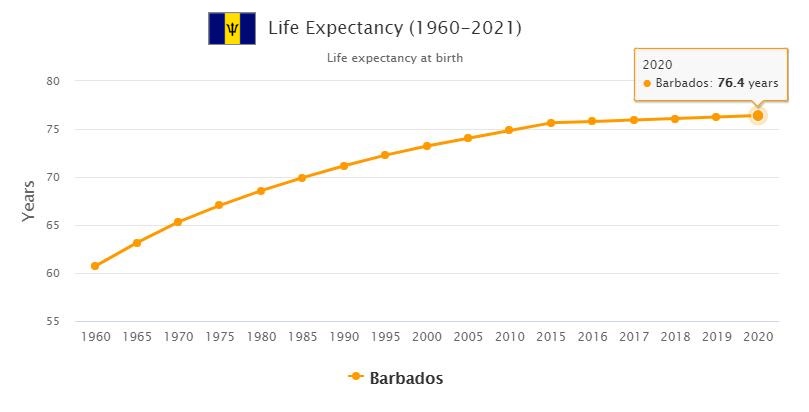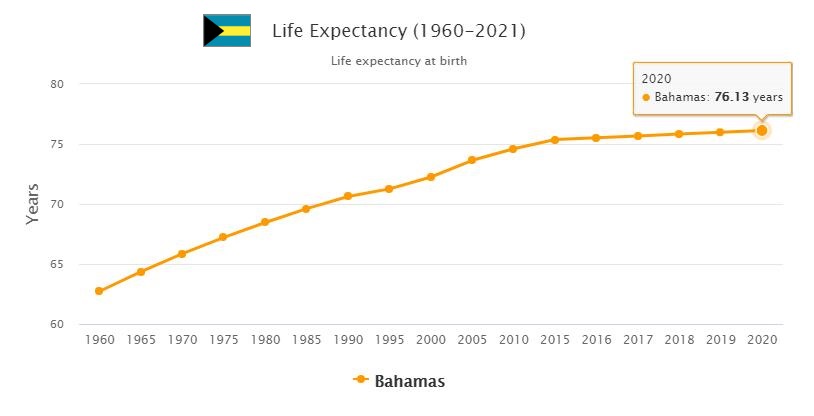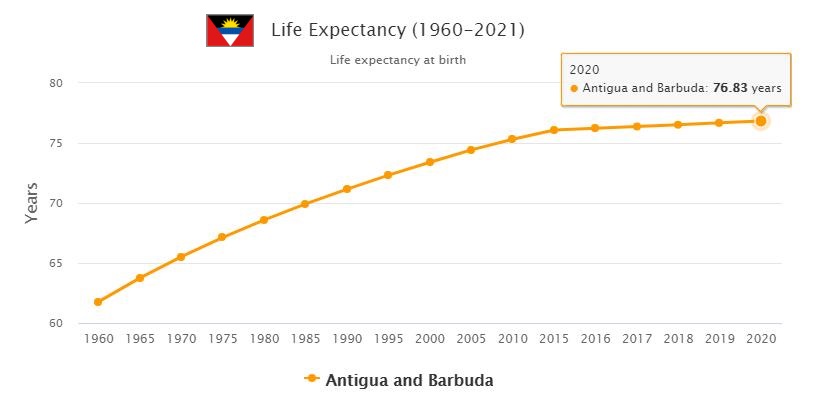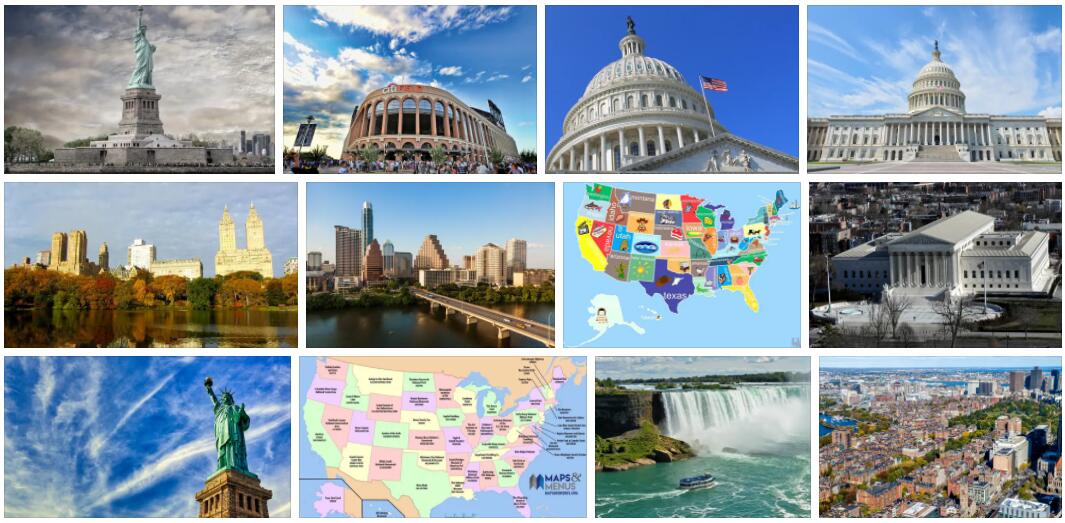Haiti History
Haiti is a country located in the Caribbean, bordered by the Dominican Republic. According to homosociety, it has a population of around 11 million people and an area of 27,750 square kilometers. The capital city is Port-au-Prince while other major cities include Cap-Haïtien and Gonaïves. The official language is French but many other languages such… Read More »
